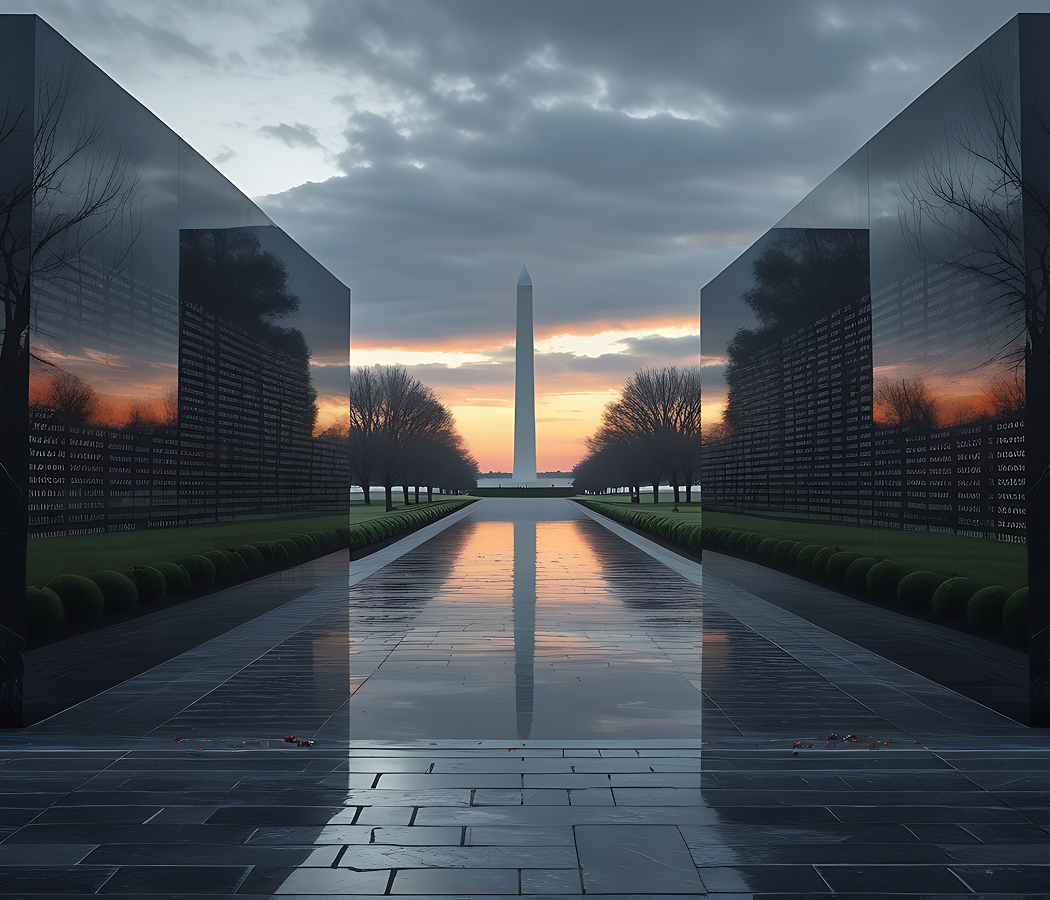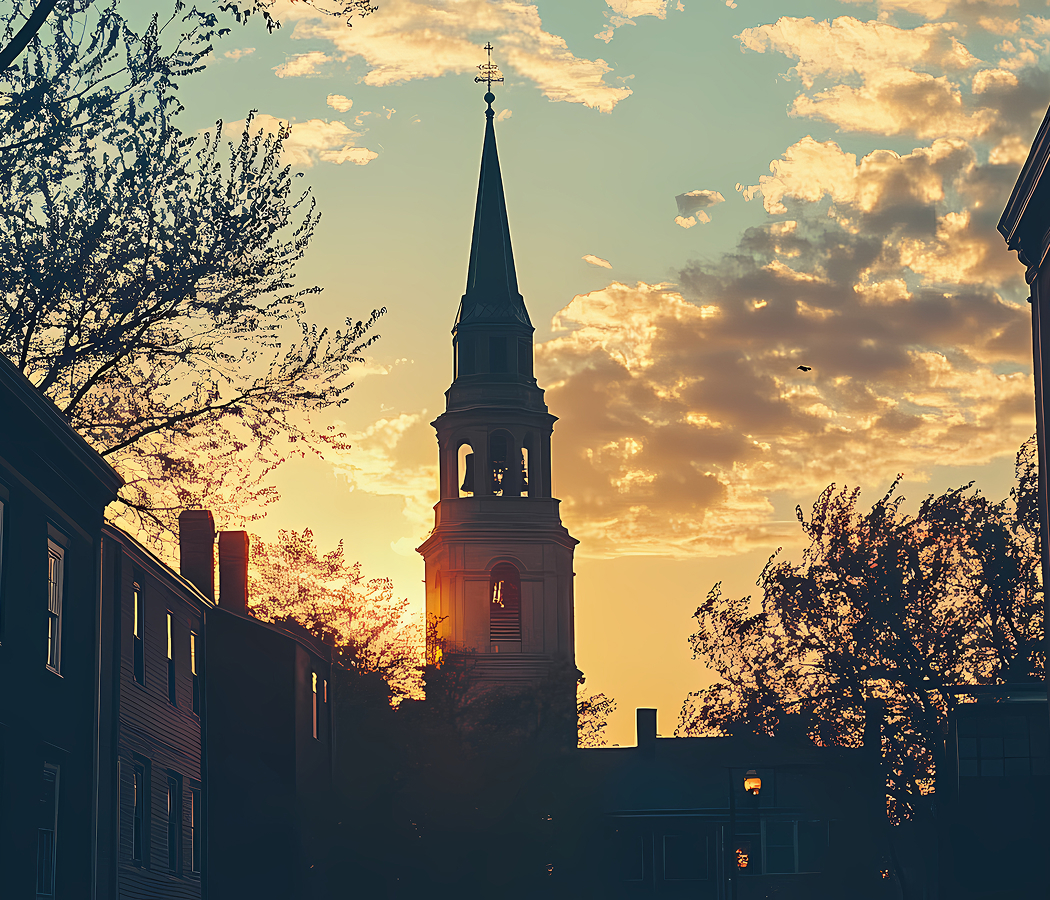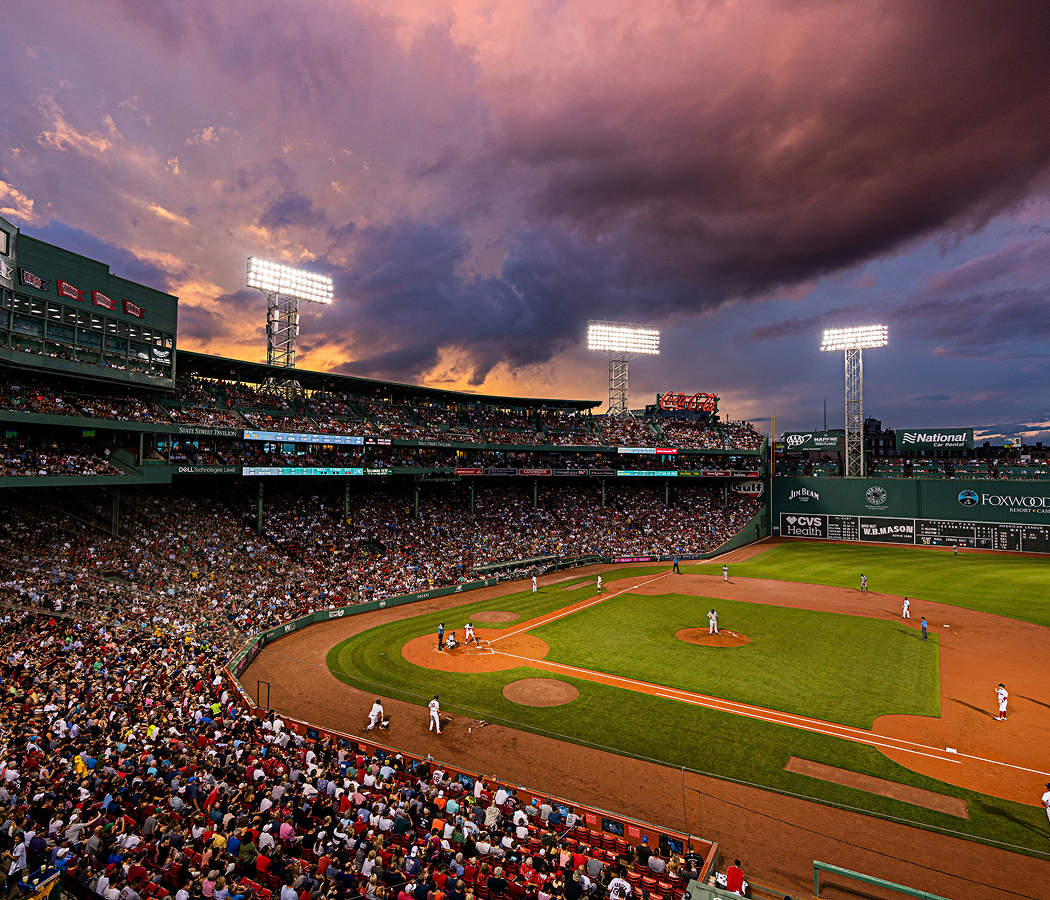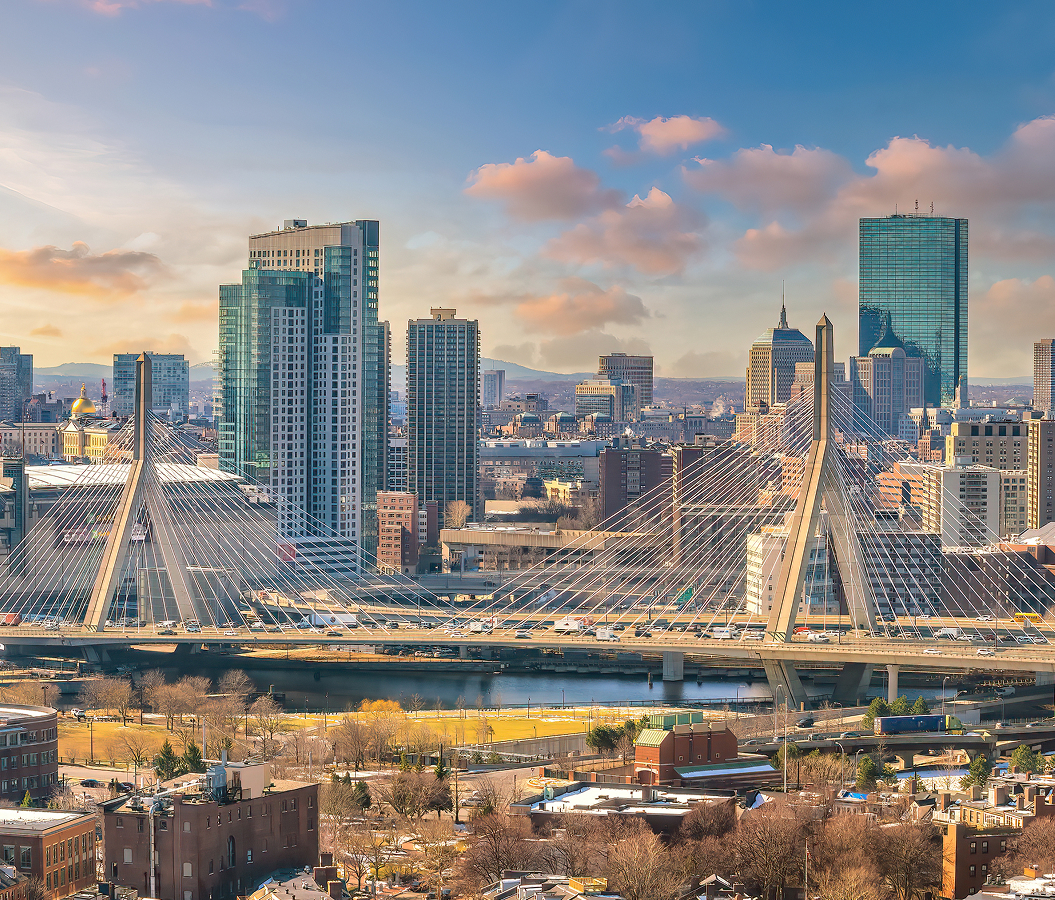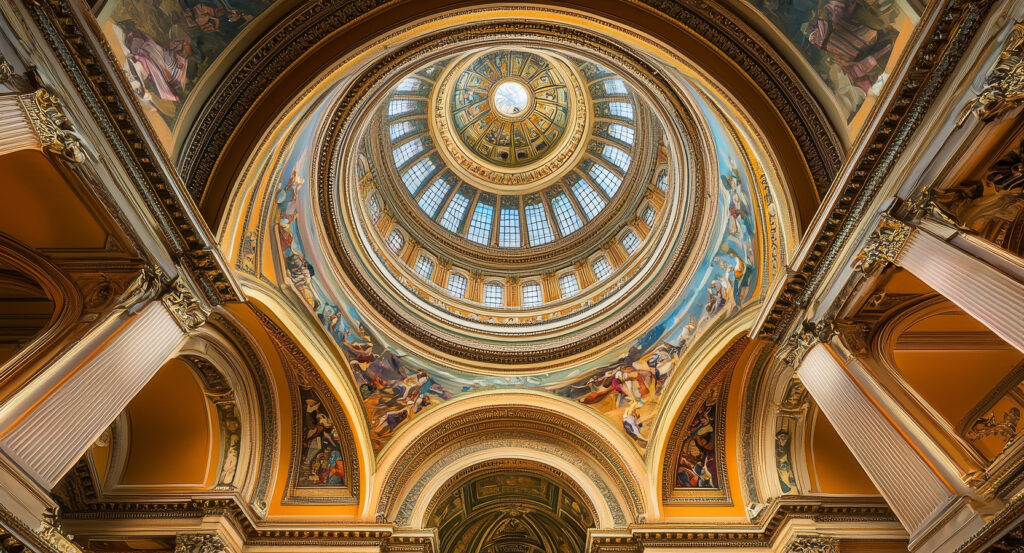
Why you should experience the National Gallery of Art in Washington, D.C.
In the heart of Washington, D.C., where history and culture converge along the National Mall, the National Gallery of Art stands as one of America’s most treasured artistic sanctuaries.
It’s not just a museum, it’s a grand expression of the nation’s creative spirit, where centuries of artistic achievement are preserved for everyone to experience, free of charge. The museum’s two buildings, the classical West Building, with its domes and marble grandeur, and the modernist East Building, designed by architect I.M. Pei, create a dialogue between past and present, tradition and innovation. Inside, masterpieces by da Vinci, Rembrandt, Monet, Rothko, and O’Keeffe trace humanity’s endless pursuit of beauty and truth. The sculpture garden outside, alive with works by Calder, Miró, and Moore, transforms art into a living landscape where families, students, and travelers gather under open skies. Whether you stand before the shimmering light of Monet’s Water Lilies or the quiet intensity of Vermeer’s Girl with a Red Hat, the National Gallery invites you to slow down, reflect, and rediscover wonder in every brushstroke.
What you didn’t know about the National Gallery of Art.
The National Gallery of Art was born from an act of vision and generosity that transformed America’s cultural identity.
In 1937, financier and art collector Andrew W. Mellon donated his vast personal collection, along with the funds to build a museum, to the nation, believing that art should be a shared public treasure rather than a private luxury. The museum officially opened in 1941, just months before the United States entered World War II, and quickly became a beacon of hope and unity. Over the years, its collection expanded through the gifts of other great patrons like Samuel H. Kress, Joseph Widener, and Chester Dale, whose contributions made it one of the world’s most comprehensive assemblies of Western art. The West Building, designed by John Russell Pope, embodies the neoclassical ideals of harmony and permanence, while Pei’s East Building, completed in 1978, represents the bold geometry and optimism of modern America. Few visitors realize that an underground concourse, a tunnel of light and art, connects the two wings, symbolizing the continuum between eras. The museum’s reach extends beyond its walls, with extensive research libraries, digital archives, and conservation programs that safeguard cultural heritage for future generations. Even its Sculpture Garden, opened in 1999, plays a vital role in blending art with the rhythm of daily life, hosting outdoor jazz concerts and seasonal ice skating that make art feel alive and communal.
How to fold the National Gallery of Art into your trip.
A visit to the National Gallery of Art is both inspiring and restorative, a full-sensory journey through the story of civilization.
Begin in the West Building, where Renaissance masters like Raphael, Titian, and El Greco set the stage for the evolution of Western art. Wander through the Baroque halls to encounter Rembrandt’s introspection, Vermeer’s intimacy, and the luminous elegance of Canaletto’s Venice. From there, move to the Impressionist galleries, where Degas, Monet, and Van Gogh capture fleeting moments in color and light. Cross into the East Building, where Pei’s soaring architecture frames the bold visions of Pollock, Rothko, and Calder, each room a meditation on abstraction, emotion, and form. Don’t miss the rooftop terrace for stunning views of the Capitol dome, or the Concourse Light Tunnel, an immersive artwork that bridges old and new. Outside, stroll through the Sculpture Garden, where monumental works like Claes Oldenburg’s Typewriter Eraser and Roy Lichtenstein’s House I offer playful contrast to the solemnity of the galleries. Plan your visit for a weekday morning or late afternoon to avoid crowds, and pause at the café for coffee under Pei’s skylights. The museum’s free guided tours and mobile app deepen your understanding without overwhelming, letting you engage at your own pace. By the time you step back into the sunlight, you’ll carry with you what Mellon envisioned nearly a century ago, the idea that art, freely shared, can elevate the human spirit and remind us of our collective brilliance.
Hear it from the Foresyte community.
You don’t actually have to be an art nerd to get it. Walk in, grab a bench, stare too long at one canvas, and suddenly you’re getting emotional for no reason. Art hits.
Where meaningful travel begins.
Start your journey with Foresyte, where the planning is part of the magic.
Discover the experiences that matter most.


